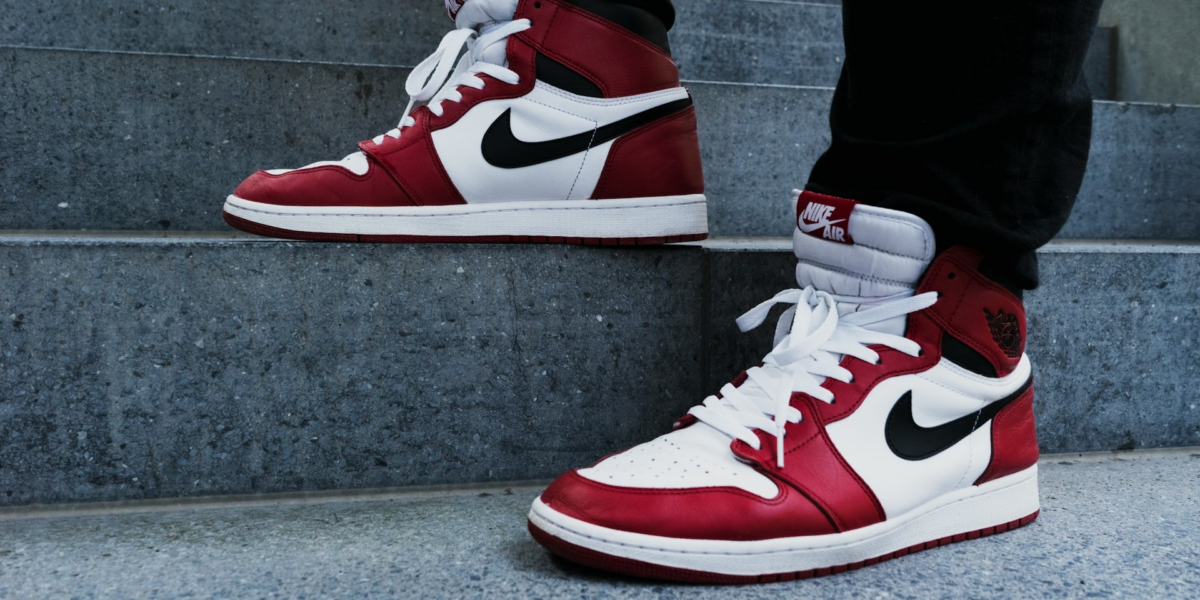The Growth of CrossFit: A Fitness Revolution
In recent years, CrossFit has emerged as a dominant force in the fitness industry, captivating individuals seeking a dynamic and results-driven approach to exercise. Originating in the early 2000s, CrossFit has experienced exponential growth, transforming from a niche fitness regimen to a global phenomenon. This article explores the factors fueling the rise of CrossFit and its enduring appeal to fitness enthusiasts worldwide.
Understanding CrossFit
CrossFit is not merely a workout program—it’s a lifestyle. At its core, CrossFit is a high-intensity fitness program characterized by constantly varied, functional movements performed at high intensity. Workouts typically incorporate elements from various disciplines, including weightlifting, gymnastics, and cardiovascular training. The emphasis on functional fitness—movements that mimic real-life activities—sets CrossFit apart from traditional gym routines, promoting overall strength, agility, and endurance.
CrossFit’s approach is rooted in the philosophy that fitness should be inclusive and accessible to all. Whether you’re a seasoned athlete or a novice, CrossFit workouts can be scaled to accommodate individual fitness levels and goals. This scalability, coupled with the supportive community environment found in CrossFit gyms, makes CrossFit appealing to a wide range of individuals seeking a challenging yet rewarding fitness experience.
The Appeal of CrossFit
One of CrossFit’s primary draws is its community-oriented approach to fitness. CrossFit gyms, known as “boxes,” foster a supportive and inclusive environment where members encourage and challenge each other to reach their fitness goals. The camaraderie forged through shared sweat and effort creates a sense of belonging and accountability, motivating individuals to push past their limits and achieve new heights of performance.
CrossFit’s emphasis on measurable results also contributes to its appeal. Workouts are designed to be scalable, allowing individuals of all fitness levels to participate and track their progress over time. The use of benchmark workouts, such as the famous “Murph” or “Fran,” provides tangible benchmarks for improvement, fueling motivation and instilling a sense of accomplishment with each milestone reached.
The Evolution of CrossFit
Since its inception, CrossFit has evolved beyond its roots as a grassroots fitness movement. The CrossFit Games, an annual competition showcasing the fittest athletes on Earth, has propelled the sport into the mainstream spotlight, attracting athletes from diverse backgrounds and disciplines. The Games serve as a platform for innovation and athleticism, pushing the boundaries of what is possible in the realm of fitness.
CrossFit’s influence extends beyond the gym walls, permeating popular culture through social media, documentaries, and branded merchandise. The CrossFit lifestyle—a dedication to fitness, nutrition, and personal growth—has inspired millions worldwide to adopt healthier habits and pursue their fitness aspirations with passion and determination.
Challenges and Controversies
Despite its widespread popularity, CrossFit has not been immune to criticism and controversy. Concerns have been raised regarding the risk of injury associated with high-intensity workouts and the lack of standardized certification for CrossFit trainers. Additionally, the competitive nature of CrossFit culture has led to debates over training methodologies and the pursuit of elite performance at the expense of safety and sustainability.
Looking Ahead
As CrossFit continues to evolve, its future remains bright and full of potential. With an ever-expanding global community and a commitment to innovation and inclusivity, CrossFit is poised to remain a driving force in the fitness industry for years to come. Whether you’re a seasoned athlete or a novice looking to improve your health and fitness, CrossFit offers a challenging yet rewarding path to achieving your goals.
Embracing the CrossFit Lifestyle
In embracing the CrossFit lifestyle, individuals not only transform their bodies but also their minds and spirits. The sense of accomplishment that comes from conquering a challenging workout, the bonds forged with fellow CrossFitters, and the confidence gained from pushing past perceived limitations are invaluable aspects of the CrossFit experience.
In conclusion, the growth of CrossFit represents more than just a fitness trend—it’s a movement that has transformed the way millions approach health and wellness. By combining functional movements, intensity, and community support, CrossFit has empowered individuals worldwide to unleash their full potential and live healthier, more fulfilling lives. As the CrossFit community continues to expand and evolve, one thing remains clear: the future of fitness is CrossFit.











